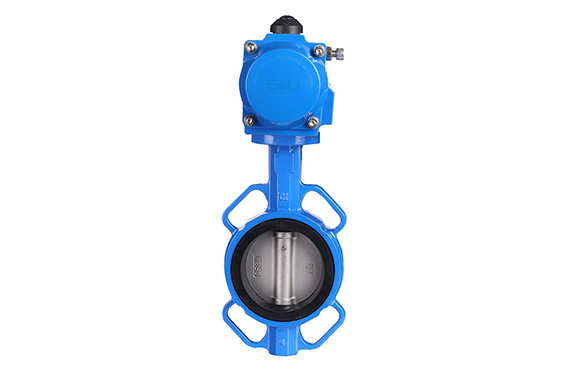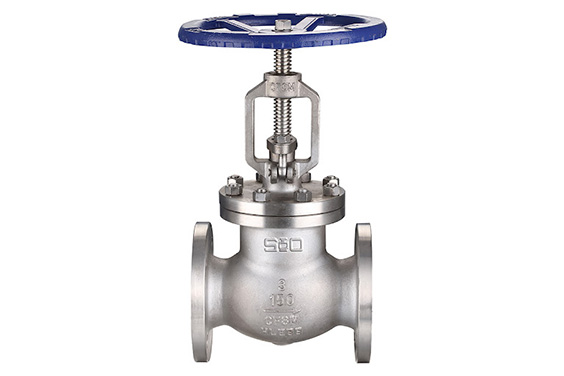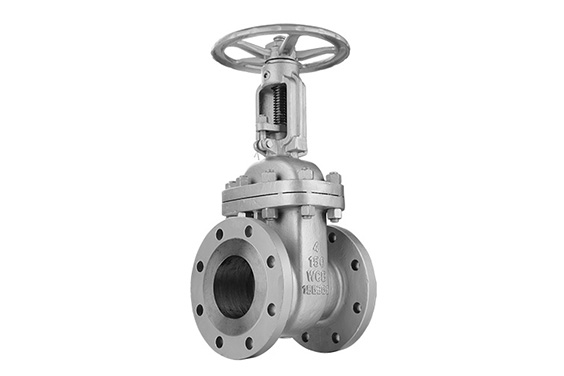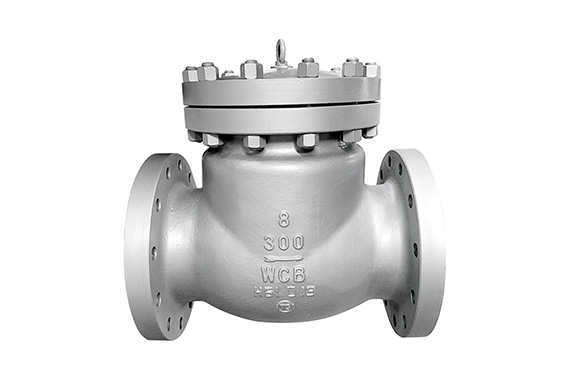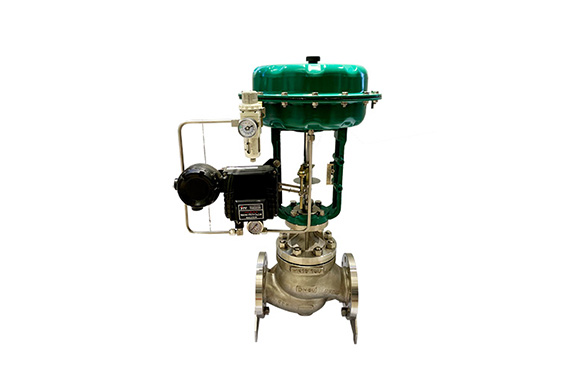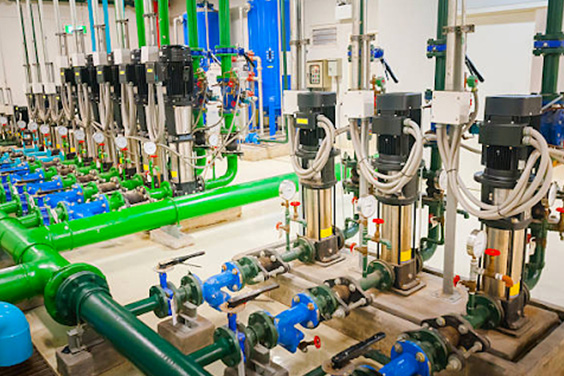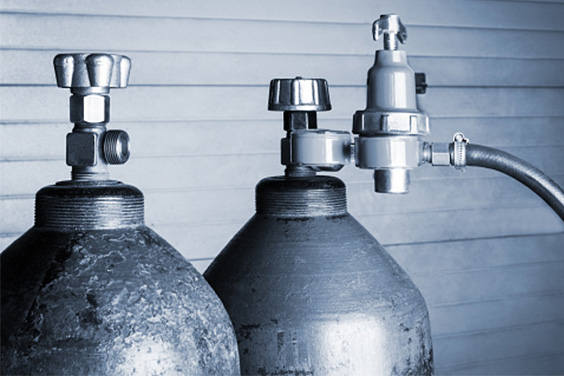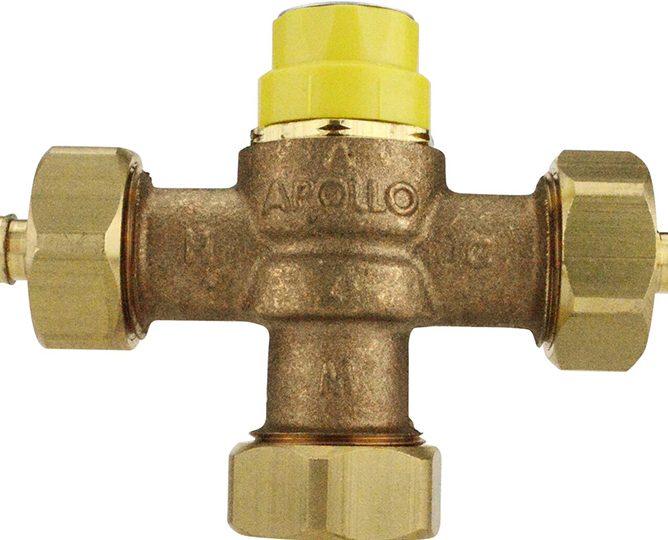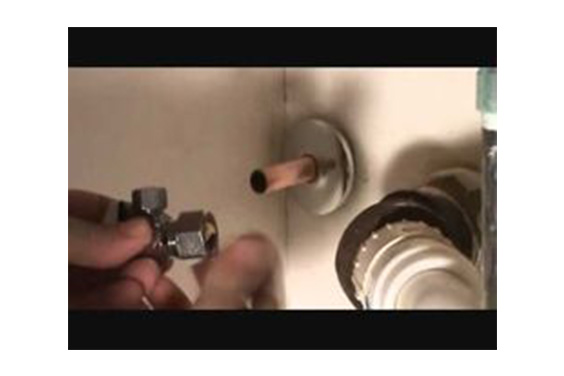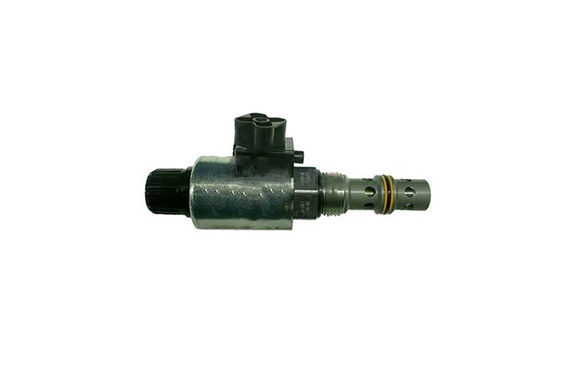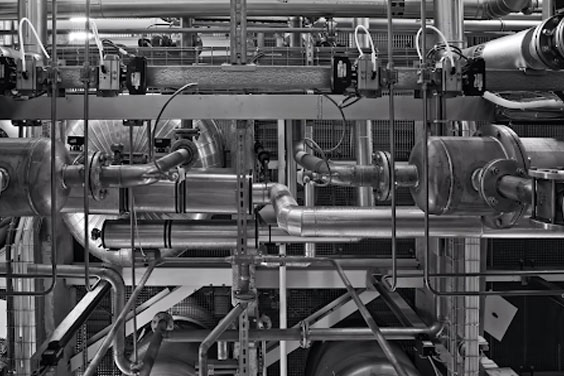What Are Ship Valves?
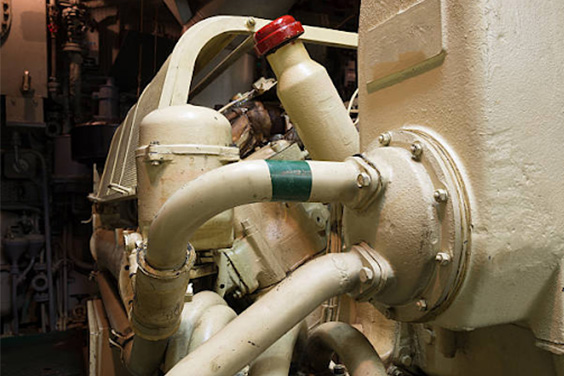
In order to control the flow of liquids, gases, and powders through pipes or from tanks, valves are used, which are mechanical devices. The majority of the time, valves depend on a mechanical barrier that may be put into and withdrawn from the flow stream of the substance passing by. A reliable valve company SIO manufactures high-quality and functional marine valves.
For regulating the flow of fresh water, discharging out of bilges, ballast water, moving bunkers, and pressurizing the hydraulic systems for different control procedures, all ships retain some sort of valves. They can be powered by practically any of the energy sources on the ship, including manual labor. On tankers, they are highly vital since they assist in loading and releasing freight.
To control the flow and pressure of liquids in the many onboard systems, ships require valves. In addition to moving fluids, valves can also move gases, slurries, vapors, or combinations that are semi-liquid. There is a distinct purpose for every valve type, such as:
- Begin or halt the flow
- Limit or enhance the flow
- Supervise the flow’s direction
- Handle pressure or flow
- Alleviate tube systems of pressure
The valve body (shell) binds all of the parts together. A bonnet is present, and it covers the aperture. Valve trim describes the inside components, and the purpose of valve discs is to reduce or halt the flow. The discs are supported by seal rings, and the valve stems aid in regulating how quickly a valve closes.
How Does Marine Valve Work?

In the marine sector, valves are crucial. Marine valves are utilized to control the loading and store of a carrier’s power supply, supply water for firefighting purposes, manage and process wastewater, store fluid load, and so on. Because of the scarcity of resources at sea, every marine valve that processes sea water should be sturdy and robust.
Working Of Marine Butterfly Valve
A butterfly valve’s design is rather straightforward, with the liquid flow being regulated by the rotation of the valve disc. In the open position, the disc is aligned vertically to the flow direction to enable the flow. In the sealed position, the disc closes the valve bore. In general, butterfly valves are capable of cutoff and bi-directional flow.
They are not full-bore, making them useless for swabbing or pigging. Ductile iron serves as the body material, and both interior and exterior surfaces have an epoxy powder finish. As per the particular application requirements and technical standards, the valves are normally actuated by handwheels, gears, actuators, or a combination of them.
Working Of Marine Globe Valve
On the pipeline medium, the globe valve performs the crucial functions of shutting off and throttling. The sealing is accomplished by applying torque to the valve stem. The stem is closely affixed to both the valve seat sealing surface and the valve pressure valve sealing surface in the axial direction. It will stop the medium from leaking through the small gap between the cover.
Globe valve sealing is created by the valve seat sealing surface, and the valve shuts the cover. The valve is moved vertically by the stem along the midline of the valve seat. The valve has a short opening height when opening and shutting, manageable flow adjustment, simple maintenance, and support for a broad pressure range.
Working Of Marine Check Valve
Check valves only let medium flow in one direction while blocking the opposite direction of flow. This valve typically operates automatically. When liquid pressure pushes in one direction, the valve flap opens. When liquid pressure pushes in the contrasting direction, the mixture of the weight of the valve flap on the valve seat shuts off the flow.
Working Of Marine Gate Valve
When the valve is closed, the sealing surface can only depend on medium pressure to lock. In order to ensure that the sealing surface is self-sealing, the gate sealing surface pushes to the opposite side of the seat. Gate valves for linear motion with the valve stem are joined.
The valve nut on the upper side of the valve and the directing groove are typically used in raising rods with trapezoidal weaves to convert rotary motion variability into linear motion or operational torque into thrust movement. When the fluid flow channel is entirely filled, and the gate valve lift height is identical to 1:1 times the diameter, unlock the valve.
Working Of Marine Sea Suction Valve
To manage the flow of the ship’s exterior water into the supply water for washing and cooling machine usage, the valve must be opened and closed using a hand wheel or deck transmission instrument. Marine main engines require water cooling to function. Establish an elevated or less undersea gate, draw in water, and supply water for cooling the engines.
Working Of Marine Plug Valve
The plug valve is shut down and is also known as the plunger-type rotary valve. It rotates the channel ports on the valve plug and valve body 90 degrees, causing them to attach and detach.
The Importance Of Valves In Building Ships
Ships employ a broad range of valves, including butterfly and ball valves, each with a specific use. However, in general, valves are employed to supervise the ship’s optimum performance and to control and regulate the flow of liquids on board. Considering that shipboard valves can also transport gases and vapors, there are countless uses for them.
The bilge systems and ballast control are the two primary applications for various types of valves that are utilized in ships. When a ship is docked at a port, ballast controlling is the procedure of loading and emptying seawater from the ship. When there is no cargo, the ship is stabilized by the ballast water.
The downward point on a ship is called the bilge, and it is where extra water is gathered. The collected water is pushed out of the ship using valves and pumps. The applications for valves for ships are quite extensive.
Basic valves utilized on the dry ground are not the same as marine valves. When producing marine valves, the valve maker will take care to use corrosion-resistant and seawater-resistant materials to create these components. The sea suction, overboard, and intermediate areas are fundamentally the three main applications for which the appropriate valves are used.
The valves for sea suction are physically attached to the ship’s onboard sea water suction points. The valves function to release the ship’s waste overboard. Additionally, seawater gets in touch with the valves installed here. For intermediate, neither the suction points nor the discharge area is connected to the valves.
What Are The Different Types Of Valves In Ship?
Numerous valve designs have evolved as a result of the diverse habitats, system fluids, and system situations in which flow must be controlled. Here is the list of the most common types of valves used in ships.
Ball Valves
A ball valve is a type of industrial valve that uses a hollow, perforated ball to help regulate the flow of a fluid. This sort of shut-off valve controls the flow of the fluid by adapting a rotatory ball with a bore. The industrial valve can be turned on or off manually or automatically.
The ball valves are frequently used because of their longevity for a variety of applications. Slurries and other mixed media are resistant to these valves as well. Marine ball valves are made of materials that resist corrosion and are made to resist seawater.
Applications
Floating ball valves typically have a wide range of uses in maritime systems since they guard against leaks and guarantee the secure flow of fluids. Ball valves come in a variety of sizes, each of which is ideal for distinct use.
Ball valves can sustain high pressure, making them useful for regulating the flow of oil and gas. These industrial valves are excellent for marine applications because they are lightweight and small. Ball valves are designed to last a long time and perform well in applications of high pressure and temperature.
Butterfly Valves
Simple in design, butterfly valves are typically employed for shut-off operations. Due to their inadequate sealing abilities, they are often not employed to control the flow of any medium. This valve’s arrangement, known as the “butterfly,” consists of a disc attached to a rod. Wafer-type and triple offset butterfly valves are two examples of the several types of butterfly valves that are available.
Applications
Butterfly valves are appropriate for managing gasoline, lubricating oil, and other heavy media in marine applications. These valves are also utilized in systems that use chilled water, freshwater, and seawater. These valves have great sealing capabilities and are simple to attach and maintain.
Butterfly valves can be an excellent solution for a system’s smooth operation and preventing backflow in a pipeline. They are ideal for marine applications because they are also very corrosion-resistant.
Globe Valve
The globe valves are ideal for any system that demands a controlled flow of any fluid. Globe valves are linear motion valves that can halt and begin a medium’s flow while regulating its actual rate of flow. These valves are spherical, and a globe valve’s two body halves are separated by an inner baffle. There are different globe valve types to meet the specifications of various applications.
Globe valves can control material in both directions of a pipeline due to their design and operation. It is generally set up in water faucets. In addition to manual manipulation, electric and pneumatic actuators are also utilized to control these valves, particularly in large-scale applications.
Applications
A globe valve’s moving disc and stationary ring seat enables it to control the flow of a medium via a pipe in ships. These valves are utilized in emergency bilge sections because they can manage circumstances with changing pressure. These valves are a good option for marine applications because of their long lifespan. By selecting globe valves with particular profiles, a better level of media control can be accomplished.
Gate Valves
Gate valves are one of the most prevalent valve types present in all water supply systems. They are frequently employed for their efficient isolation function. As a closure part slides in to stop or allow the medium to flow, these valves are referred to as slide valves. It is also a linear motion valve.
Gate valves are used in circumstances when on-off services are required. It is also good if these valves are put in places where they would not be used very often. These valves are one of the most popular ones used aboard ships.
Applications
Although there are several varieties of gate valves, rising stem design and non-rising stem design are the two most common. Because they are compact and take up little room, the non-rising stem valves are utilized more frequently in ships than the other two options. These valves are typically located in tight vertical compartments or lower floors of ships.
The valve, which operates similarly to a gate, has a stem that can be lifted or slumped depending on the function. The medium either discharges or halts depending on the place. When slurries are involved, gate valves are the ideal option since they can readily cut through the flow.
Check Valves
The primary goal of a check valve is to prevent backflow. These valves operate on the pressure difference and only let the flow of a medium in a single direction. The valve’s construction is straightforward; it consists of a tiny cylinder with two ports that serve as the inlet and outlet. The term “non-return valves” is commonly used to describe check valves. Swing check valves, lift check valves, and ball check valves are just a few of the many types of check valves.
Applications
Check valves are often employed in the marine sector, especially in the desalination, hydraulic, and fuel handling processes. These valves are also one of the primary varieties used on ships and can be used in challenging and important conditions as needed.
A check valve is an extremely helpful type of valve aboard ships because its primary purpose is to stop backflow. Check valves work well whether they are managing a vacuum or maintaining polluted media. Because of their small size and low maintenance needs, they are also simple to install.
Plug Valves
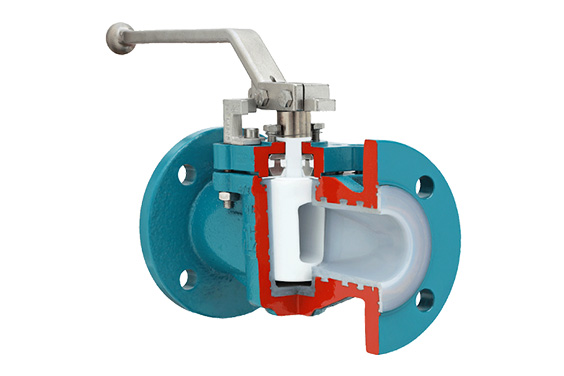
A rotational valve called a plug valve is utilized to begin or halt the liquid flow. The petcock is the straightforward type of plug valve. A cylindrical or pointed plug is machined into the body of a plug valve. The disc is a reliable plug with a passage punched through it that forms a right angle to the plug’s longitudinal axis.
Applications
Plug valves can occasionally be utilized for throttling as well as cutting and connecting to the streaming medium and application. It depends on the appropriate qualities and sealing surface erosion resistance.
Plug valves are primarily utilized in HVAC, petrochemical, chemical, gas, natural gas, transportation, and refining equipment, as well as general industrial and exploitation of oil fields.
Diaphragm Valves
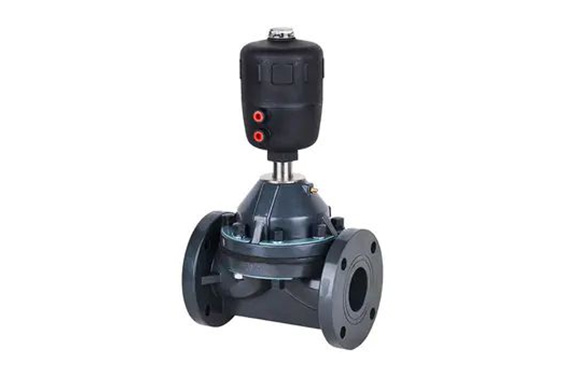
Diaphragm flexible membranes are used by valves to stop the flow of fluid in pipes. An advantage for valves employed in sanitary service is that the diaphragm totally isolates the actuation method from the process fluid. Port configuration, port connections, valve size, media, and seal material are important characteristics.
Applications
The pharmaceutical, food, cosmetics, and semiconductor sectors are the main users of diaphragm valves.
Blind Valves
Blind valves, also known as line blind valves, are mechanical tools utilized to halt pipeline flow. They are mostly employed by the oil and gas sectors to separate pipeline segments. Piping blinds are another name for these valves. Valve type, valve size, actuator type, the material of the valve body, port connections, seat, lining, and seal are important criteria.
Applications
Blind valves are frequently found on offshore installations and ships. They are used to separate certain pipeline sections for maintenance purposes and offer a clear, quick indicator of whether a pipe is open or shut down.
Control Valves
The industrial control valves are employed to handle liquid flow by changing the flow’s passage size in accordance with the controller and providing a direct supervision overflow rate. So, process variables like temperature, liquid level, and pressure can be controlled. In the language of automatic control, it is referred to as the last control element. The control valve’s basic operation is based on its ability to regulate fluid flow depending on controller input.
Applications
On and off applications use control valves. These valves can be utilized for pressure and flow control, throttling, and other reasons. They are also perfect for high flow control and low-pressure applications. Corrosive liquids can be utilized with these valves at low pressures and temperatures.
Marine Safety valve
In order to deter piping or tools in the medium pressure surpassing the fixed value of unique valves, safety valve unlocking and shutting down components operate under the influence of an exterior force in a usually closed state. In that condition, the equipment or pipeline medium pressure increases beyond the specified value through the medium to the outside of the system release.
Protection in the system is provided via safety valves. When the system pressure goes beyond the preset level, the safety valve is opened, releasing some of the system’s gas or liquid into the atmosphere. To assure that the system is not in a mishap due to excessive pressure, the system pressure must not surpass the permitted limit.
Applications
Safety valves can be considered as automatic valves that are typically found in boilers, pressure vessels, and pipelines. They supervise pressure so that it stays within a certain range while still protecting user safety and proper gear operation.
Factors To Consider When Selecting Valves Used In Ships
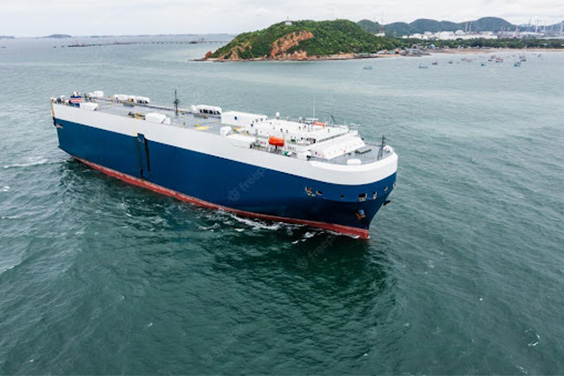
Here are the primary factors to consider while picking valves that are utilized in ships.
Valve Type
The flow management, function, and valve operation will determine the type of valve needed for the applications. If all that is needed for your application is flow control, a valve type with strong throttling performance is needed. The ideal valve size and type should be chosen to offer flow supervision over the valve plug’s opening spectrum.
A shift in flow rate during opening is a feature built into the design of some valves. It is possible to choose valves with defined plugs to change the flow or gain of the valve. Ball, gate, plug, butterfly, and diaphragm valves offer good performance for on and off or shutdown applications. The throttling capabilities of the globe, diaphragm, ball, and needle valves are good.
Application Conditions
The most crucial step in choosing the ideal valve for your application is determining the proper valve sizing. A valve’s ability to operate effectively can be affected by its size, as well as other factors in the system. Specify the pressure, temperature, and flow rate at which the valve will operate. Metal valves often have a better tolerance for heat and pressure compared to plastic ones.
Valve Materials And Construction
Another popular criterion taken into account by engineers to find industrial valves is the material of the valve or the valve body. The substances employed in the construction of the valve are influenced by the media passing through it, the environment in which it is located, and the maintenance that will be required later on.
Corrosion-resistant building materials are necessary when working with corrosive media, including chemicals, saltwater, acids, treated wastewater, and so on. If the medium is a liquid-solid combination or slurry that contains abrasive solids, erosion-resistant building substances are needed.
Valve Sizing
The most crucial step in choosing the right valve for the application is choosing the suitable valve size, often known as valve sizing. Operating issues within the valve or elsewhere in the liquid transfer system can result from a valve that is not adequately sized for the purpose.
Maintenance Requirements
Another factor to consider to pick the ideal valve for the desired applications is valve maintenance. Ball valves are a wonderful choice if routine maintenance is required because they are one of the easiest valve types to service and resist blockage.
They can also be purchased in three-piece designs, which include a body and two end caps. It deters the line from closing during maintenance because the main body portion may be readily extracted for cleaning without withdrawing the end caps from the tube.
Certifications
Precise guidelines, standards, and laws must be followed for specific applications and sectors. Before a valve can be used in a particular boiler, ship, oil & gas refinery, nuclear, pressure vessel, or other critical applications, the valves need to comply with or be certified to the specified standards, such as ASME, API, NACE, etc.
Contact Marine Valves Manufacturers To Get Ship Valves
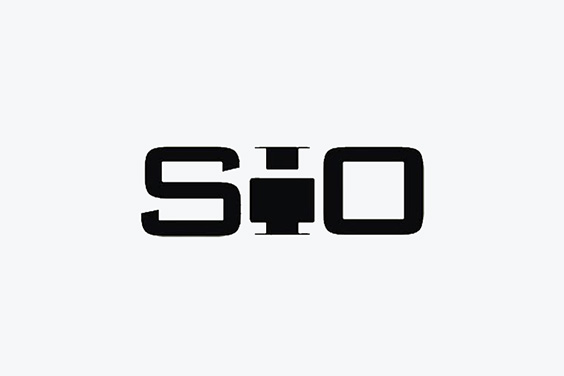
In case if bulk quantities of valves are required for your businesses, it is best to acquire them from a reliable marine valve manufacturer. Get in touch with the experts of the SIO valve company and get the best quotes and samples.


